“There's biology in everything, even when you're feeling spiritual”. Helen Fisher
What You'll Discover?
Next Trillion-Dollar economy: Synthetic biology is poised to transform industries from university lab to outer space, creating unprecedented investment opportunities.
Synbio is a Revolution You Can't Ignore: advancements in synthetic biology drive a new wave of innovation.
Key Market Trends: Global trends fueling synthetic biology's growth and venture capital's pivotal role.
Who's Leading the Charge? Companies and startups dominating the field are positioned for success.
Beyond the Hype: Balanced view of potential risks and challenges, helping you make informed, strategic decisions.
The Future, Defined: Synthetic biology is shaping industries and redefining the future of sustainability, health, and global economics.
You may know DNA is the “blueprint of life”. It’s the set of instructions that builds every living thing, piece by piece—just like Legos! Now, imagine if we could take these Lego-like pieces of DNA apart, swap them around, add new ones, or even make various structural changes to the DNA strand. Thanks to amazing advances in biological sciences, genetics, and engineering, scientists can actually do this.
We’re talking about building new life forms, creating custom-made organisms, parts of organisms and molecules for useful purposes, circuits where biological parts inside a cell are designed to perform logical functions like an electronic circuit, or even fixing genetic issues right at their core. It’s the start of Synthetic Biology (SynBio), where such processes are standardized and automated for more precise and fast results making biology easy to use. Or, making biology reprogrammable to manufacture multiple life forms (widgets) such as parts of enzymes, genetic circuits, metabolic pathways, and etc.
The premise and the promise of Synbio are designing standardized biological parts, moving beyond traditional genetic engineering. These parts can be reusable, copied, assembled, rented, and used in various applications. As these parts are reused more, their costs drop, encouraging wider use and innovation, much like in the electronics, automotive, or software industries. These parts will be able to create reliable, reusable components such as DNA sequences as well as appliances for diverse applications in very many industries.
MARKET DRIVERS: Programmable synthetic materials
As a sector of bioengineering, Synbio develops methods and tools to engineer and repurpose natural biological systems for applications in various fields. Here core biological processes are re-engineered in new ways to create living systems that could bring solutions to various problems not only in our planet but even in the space. SynBio utilizes concepts and information from a variety of research areas, such as genetics, biophysics, microbiology or molecular biology and can potentially address problems not limited to medicine, food, agriculture, sports, energy, and environment.
The genetic manipulation of organisms started when hunter-gatherers started to become farmer communities more than 10000 years ago. Since then, from cross breeding of plants, to describing the structure of DNA, to availability of GMO food in US grocery stores in late 1990s, the field evolved in a slow phase. Then the list continues... Glowing plants, GloFish (photo credit aquarium), Anti-Malaria drug, (controversial) Vanila made from yeast. In 2013 synthetic biology scientists raised funds using Kickstarter campaign. 2014, the (first) synthetic biology company Synlogic, launches to develop first-in-class Synthetic Biotic™ medicines. Then from impossible burger to nitrogen fertilizer, to treatment for type 2 diabetes Januvia, to Hyalin film for electronics, to sustainable leather starting to touch every aspect of our lives. Synthetic Biology is an evolving multidisciplinary field with a tremendous potential.
Breakthroughs in genomics and systems biology helped scientists develop new ways to engineer, control, and program cell’s behavior. The field has grown dramatically over the past few decades and is set to transform all forms of life and many industries. The field is promising harnessing nature’s full potential. Scientists, futurists, and entrepreneurs are equally ambitious in unlocking the codes of nature to bring the greatest biological, technological, industrial, and social advances known to the human civilization.
This a diverse and expansive investment ecosystem with a vast potential across many industries. It’s not just a product or feature but an entire industry made up of tools, hardware, software, applications,technologies, regulations, factory systems, real estate, military, and human capital. According to a McKinsey report 2016 SynBio could be the next industrial revolution.
It may seem like a utopian idea, but some imagine programming neurons to create supercomputers, designing trees that grow into livable structures, or altering evolution could transform man to colonize Mars or the universe.
MARKET SIZE AND INVESTMENT SCENARIO
According toTechnavio, the Synbio market is projected to grow significantly, with an estimated market size of $55,600.6 million between 2024 and 2028, reflecting a robust annual growth rate of 34.1%. Among its segments, applications hold the largest market share, driven by diverse uses in healthcare, biotechnology, biofuels, and specialty chemicals.
Figure 01: Synbio market size (Source: Technavio)
This rapid expansion highlights the market's potential and the increasing adoption of synthetic biology technologies across industries. For example, Amyris used an automated platform to engineer yeast and produce 454 biochemically diverse molecules within four years. Similarly, Ginkgo Bioworks aims to "make biology easier to engineer" by harnessing the power of AI and robotics to automate complex biological tasks. Without even developing any products directly, Ginkgo enhances its partners' capabilities through its advanced synthetic biology platform, positioning itself at the forefront of the Synbio sector. Codexis, a company specializing in enzyme engineering platforms, is another key forerunner to watch in the industry.
Figure 02: Ginkgo’s user base and technology network attest to the scalability of its technology (Source: Ginkgo Bioworks)
McKinsey reports four key areas of the transformative potential of synthetic biology. These include biomolecules, biosystems, biomachine interfaces, and biocomputing. The scope of these innovations is vast, with the potential to produce 60% of the world’s physical inputs through biological means, address 45% of the global disease burden, and drive 30% of private-sector R&D in biology-related industries. Most importantly, the significant economic potential of synthetic biology is estimated to have an annual direct economic impact of $2 trillion to $4 trillion globally by 2030–2040. This figure is expected to be even higher when considering downstream and secondary effects.
Yahoo Finance reports that the Synbio market is experiencing substantial growth, driven by its broad applications across medicine, manufacturing, and agriculture. North America leading at 39.8% market share in 2023, while Asia Pacific is expected to grow the fastest. PCR technology accounted for over 28% of the market, and genome editing is poised for significant growth. Among products, oligonucleotide/synthetic DNA held the largest share at 35.6%, with enzymes showing promising potential. Healthcare applications dominated with 57.7% of the market, and biotechnology and pharmaceutical companies represented a major end-use segment with 52.1% market share.
Figure 03: Synbio market growth potential (Source: Precedence Research)
According to Coherent Market Insights, the Synbio market is projected to grow from USD 17.88 billion in 2024 to USD 73.08 billion by 2031, with a compound annual growth rate of 22.3%.
Figure 04: Major players in the Synbio market (Source: Coherent)
The Boston Consulting Group reports that the Synbio pioneers are using science to attain five different objectives:
Create innovative products and novel processes
Improve the performance of existing products or processes
Reduce the costs or increase the availability of scarce raw materials
Create more environmentally friendly products or raw materials, and
Catalyze resilient supply chains.
Figure 05: The disruptive impact of Synthetic Biology (Source: Boston Consulting Group)
With rapid growth in start-up investment each company in the fast-evolving ecosystem is highly innovative. Given the potential and transformative impact of the industry, it is evident that Synbio will soon affect many industries.
Figure 06: Quartey investment in Synthetic Biology from 2000-2023 (Source: Synbiobeta)
Discounting the COVID-related funding boost to the biotech sector, which also impacted the Synbio industry, the chart reveals a steady increase in VC funding over time. Synbio is still above its 2018 level. The report witnesses the long-term investment trend over the last five years and, further back, has remained strong compared to the synbio field with VC investment overall, at global and US levels. Moreover, the average investment per venture deal count has remained steady at around $5 million since 2020, marking a significant increase compared to the typical amounts seen in the previous decade.
Figure 07: Quartey investment in Synthetic Biology from 2000-2023 (Source: Dealroom.co)
MARKET SEGMENTATION ANALYSIS
The current market segmentation in the synthetic biology sector is as follows:
Technology (PCR, NGS, genome editing, bioprocessing, and emerging innovations)
Products (enzymes, synthetic DNA, xeno-nucleic acids, and more)
Applications (healthcare, biotech crops, biofuels, and etc.)
End-users (academic institutes, biotech, pharmaceutical companies, and other institutions)
Figure 08: Current market segmentation (Source: Markets and Markets)
Geographically, it spans North America, Europe, APAC, and LAMEA, highlighting its global reach and diverse applications. North America holds the largest market share with 41% growth. The opportunity in the sector is these segments are continually evolving, with new products, applications, and end-users expanding the market's scope.
Figure 09: 2023 Market share by region and technology (Source Precedence Research)
TRENDS AND OPPORTUNITIES
This article suggests that conservative investors may prefer "supplier" companies like Amyris, which focus on manufacturing. These companies often have stable relationships with industrial clients, providing predictable cash flow and reduced risk through existing cash reserves. In contrast, aggressive investors might target innovative companies like Ginkgo Bioworks, Twist Biosciences, or Codexis, which explore diverse sectors, create new markets, or develop treatments for rare diseases. For these, profitability prospects, cash reserves, and catalysts such as clinical studies or partnerships are critical for managing risk.
Figure 10: Top 10 Synthetic Biology Trends in 2024 (Source: StartUs Insights)
Table: 1 Six major products in the market and information (Source National Library of Medicine)
Figure 11: Major Synthetic Biology Investment Funds (Source: Synbiobeta)
FACTORS CHALLENGING THE MARKET
As in any field, technical barriers will persist as the main challenge in the industry. While the Synbio advancements offer exciting possibilities across many areas, they also bring market risks and challenges that need careful management.
The field relies on biological systems at molecular and cellular levels - in such an environment, biology could behave unpredictably and introduce friction to research, development, and scaling. Scaling solutions to cellular-system-level applications can significantly increase time and complexity. Plus, compliance difficultiesand an unfinished understanding of biological and natural systems could slow down the industry's progress. In addition, regulatory, safety, and ethical concerns may pose significant challenges. Another aspect of concern emerges from the ethics and biosafety front. The risk of releasing synthetic organisms or genetically modified organisms into the environment could lead to mutations, crossbreeding, or ecological harm. Additionally, the possible development of drug-resistant microorganisms could pose biosecurity threats.
An early paper highlights that possible "winner-take-all" scenarios often emerge due to network effects in the field. For example, a widely used gene sequence could stem a self-reinforcing cycle, where the most commonly used parts become dominant, even if alternatives exist. Like the electronics industry, where a widely adopted part could drive competition around it. Companies may compete not just on individual parts but on entire libraries of parts or equipment. Rights to the most comprehensive and reliable collection could lead to market dominance. Early leaders in creating and standardizing parts may gain a long-term advantage, shaping the industry's growth and innovation pathways.
Therefore, given the industry's tremendous potential, entrepreneurs, scientists, investors, and governments must be committed to overcoming these hurdles.
OPPORTUNITIES AND FUTURE
The key drivers of the Synbio market include the increasing demand for a better sustainable planet: bio-based products, advancements in DNA sequencing, personalized therapies, and innovations in biopharmaceutical production and agricultural biotechnology. The growing adoption of AI, blockchain, and machine learning in synthetic biology will drive market growth by encouraging better equipment, applications, and designs, enhancing the efficacy of manufacturing numerous biological products.
Aspired in bioeconomy, both private and public sector investors worldwide are increasingly recognizing the potential in Synbio research, technology, and development to create sustainable solutions. This includes advancements in renewable energy, agriculture, healthcare, and materials science, which could help build a sustainable, biobased economy. In the long run, Synbio's promise lies in its ability to address global challenges like sustainability and resource efficiency. The US government, through initiatives like H.R. 5685, Securing American Leadership in Science and Technology Act of 2020, plays a key role in advancing synthetic biology by funding research, developing standards, and improving measurement tools.

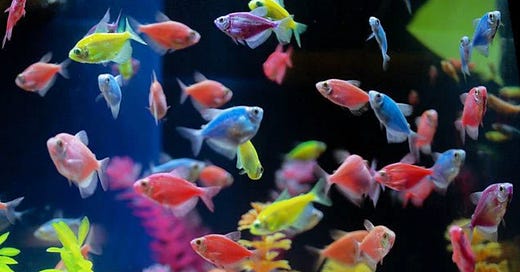



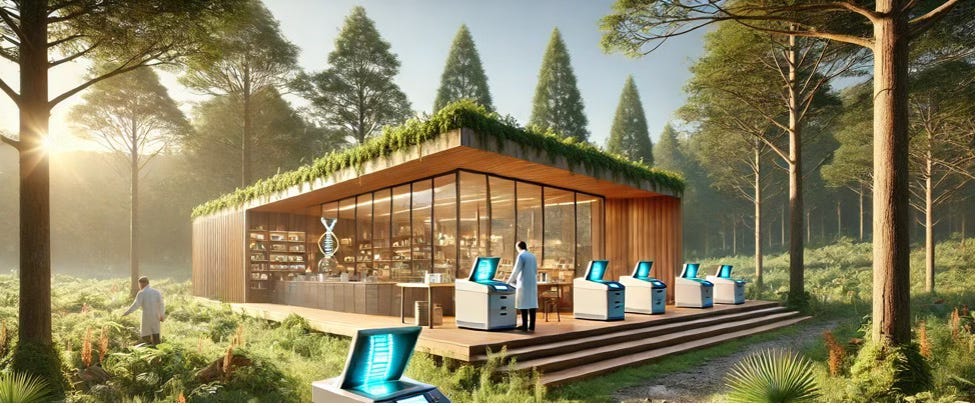

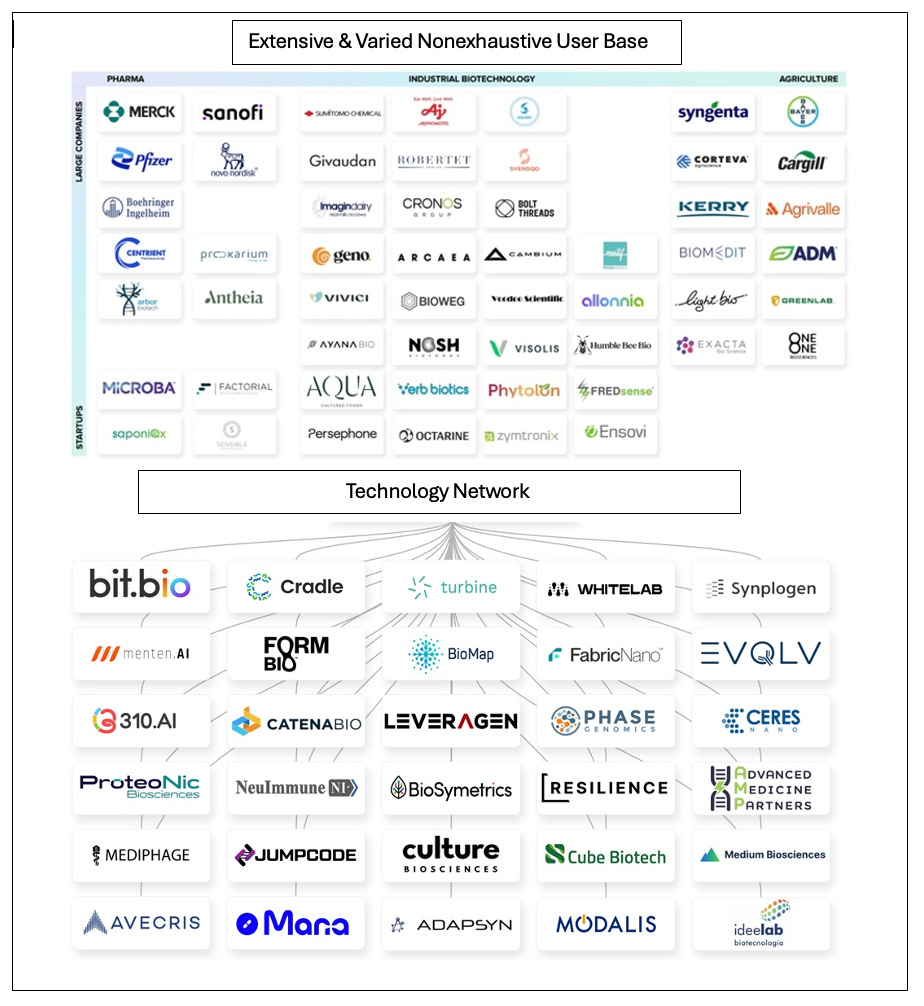

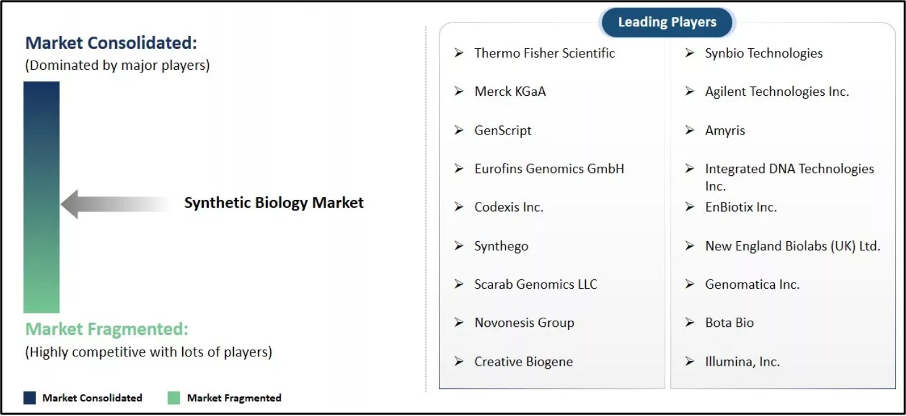





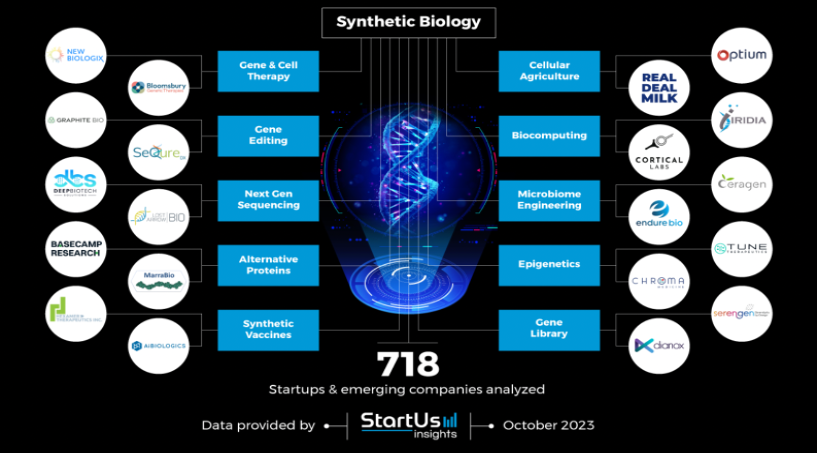
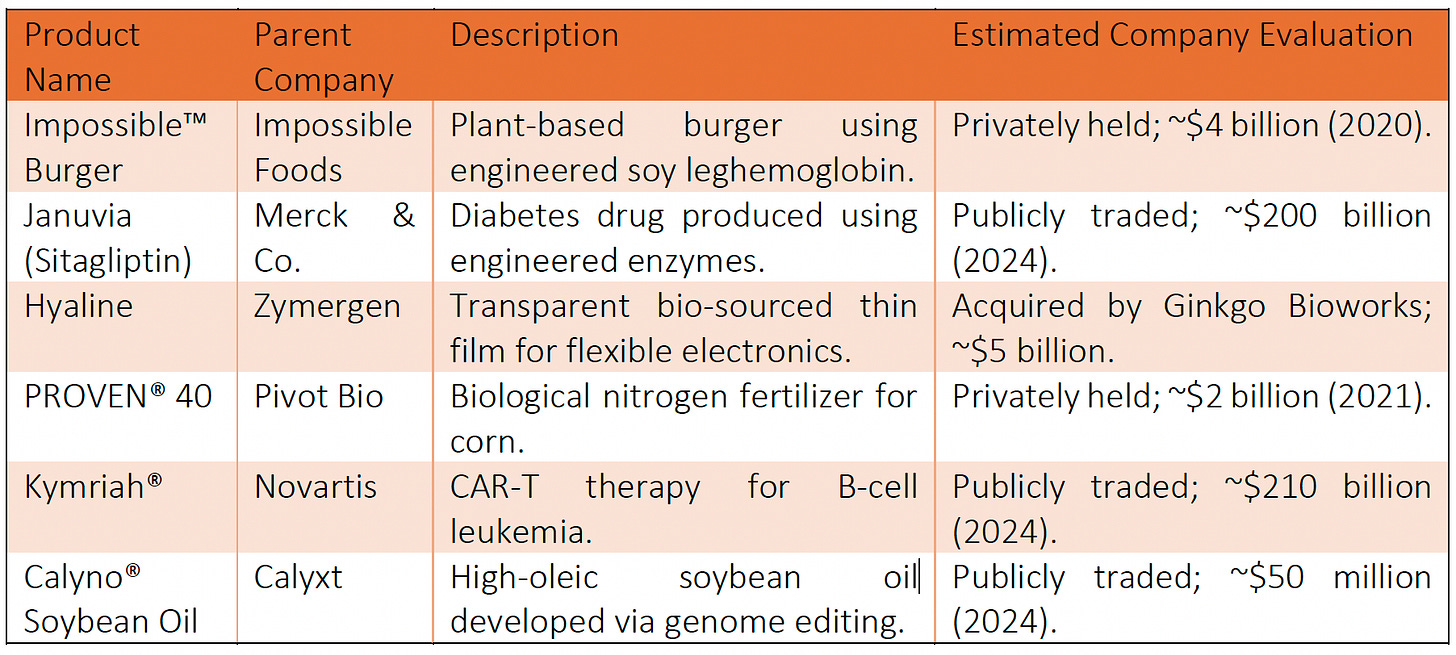
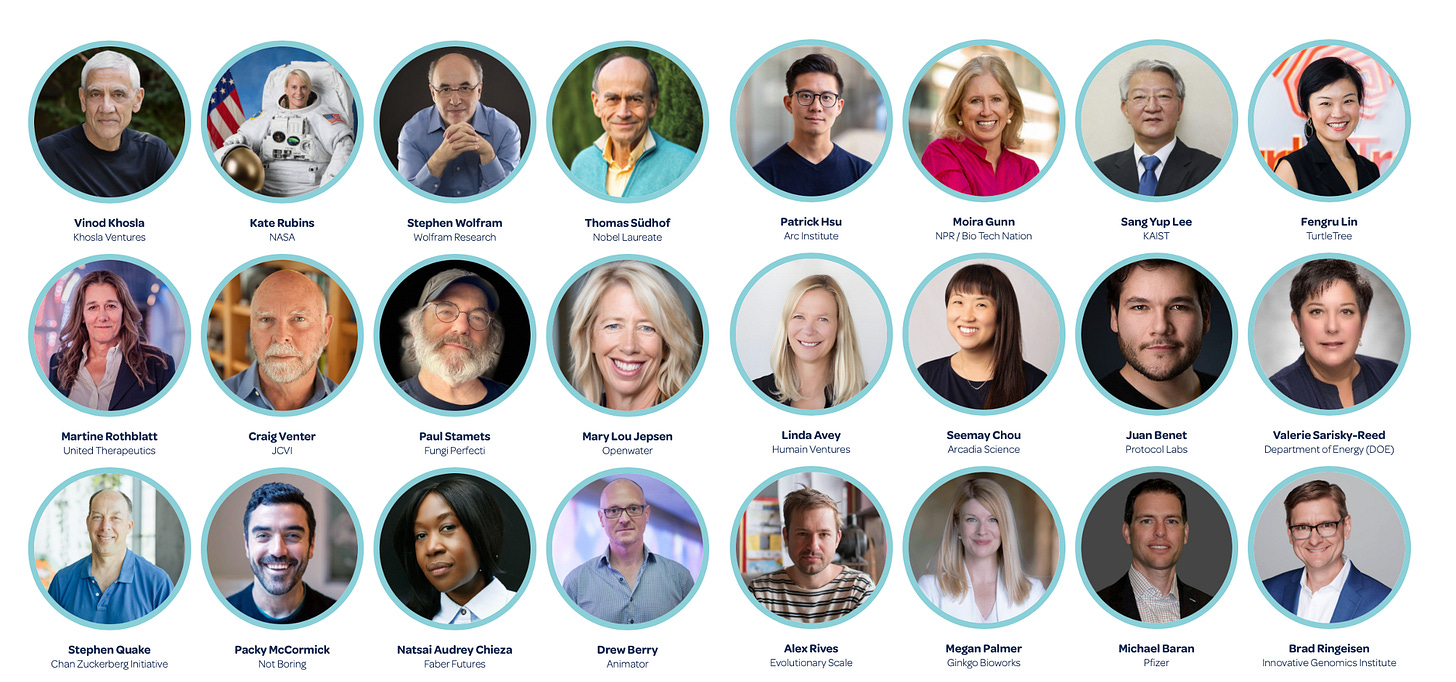

Wow this was quite a collection of information for the investment thesis. I think there are some major concerns as the investment reveals a larger pattern framework that is revealing a bifurcation. I offer my article to help connect this puzzle piece.
https://wutaiwatcher.substack.com/p/natural-christic-vs-artificial-luciferian